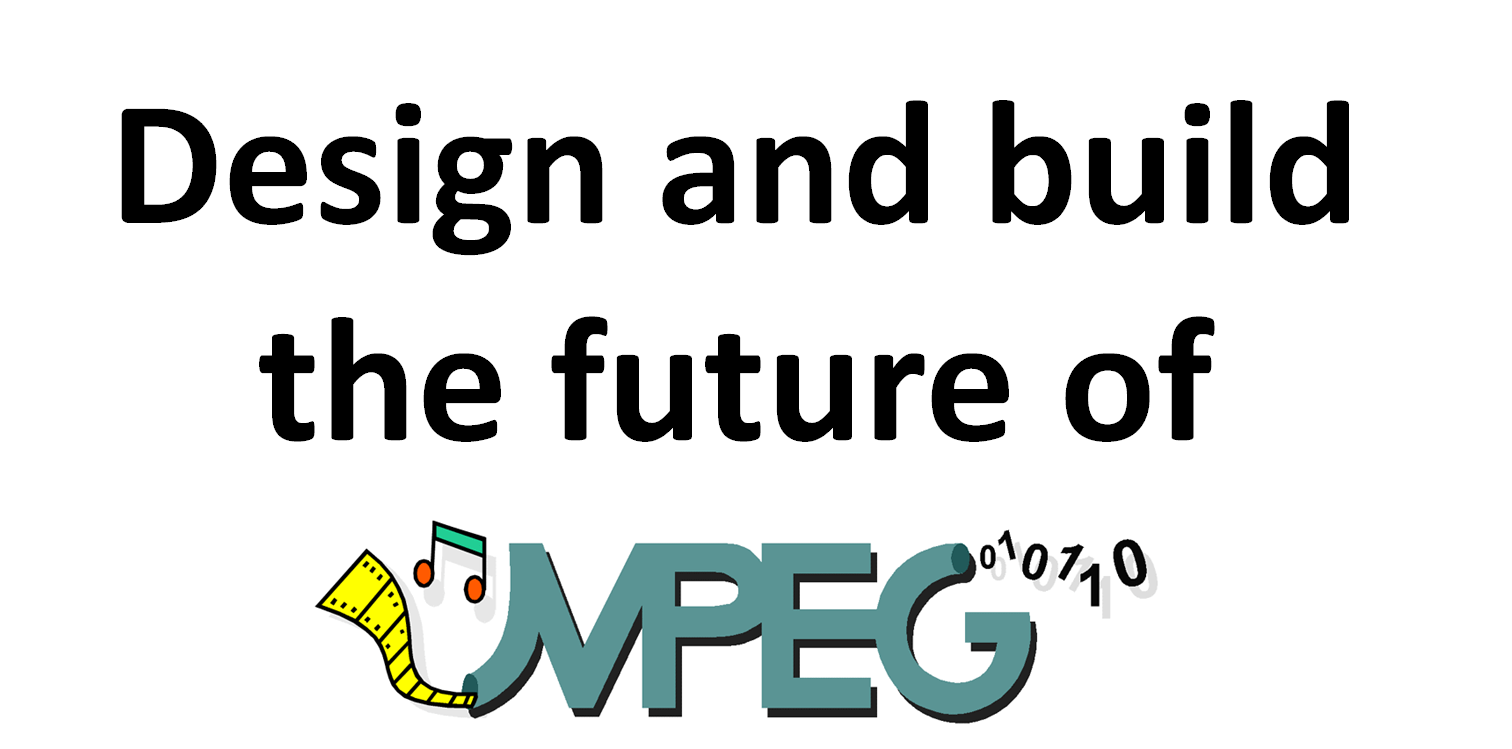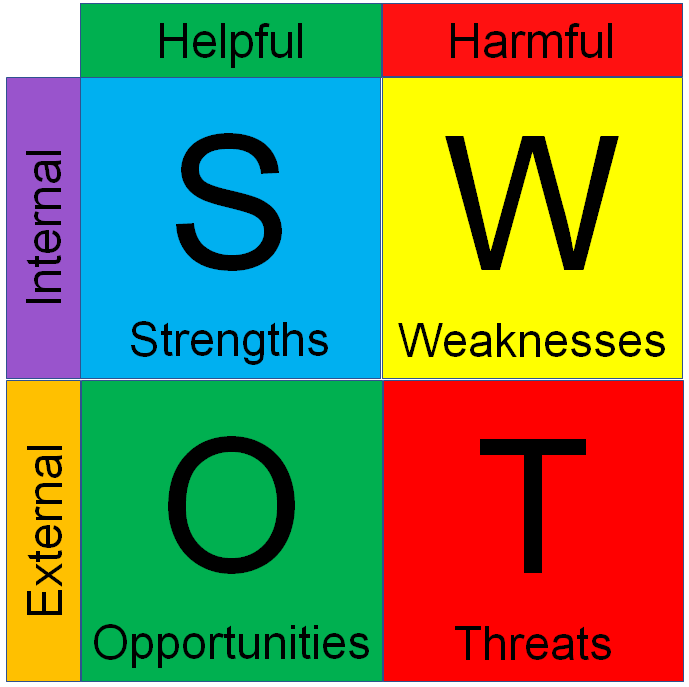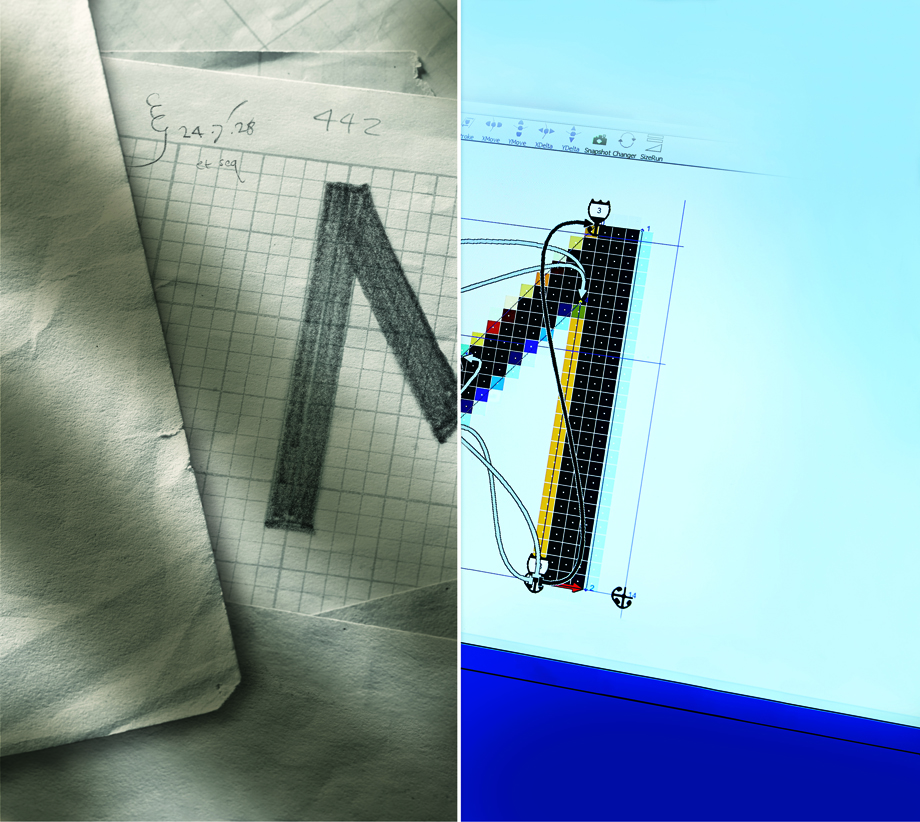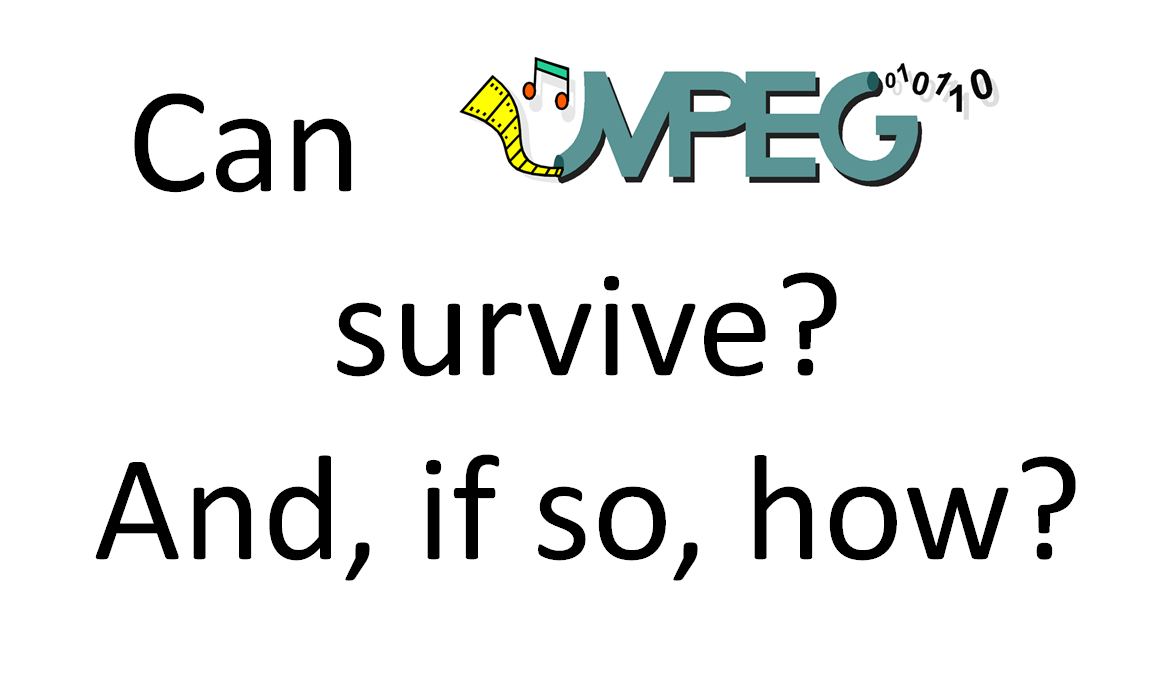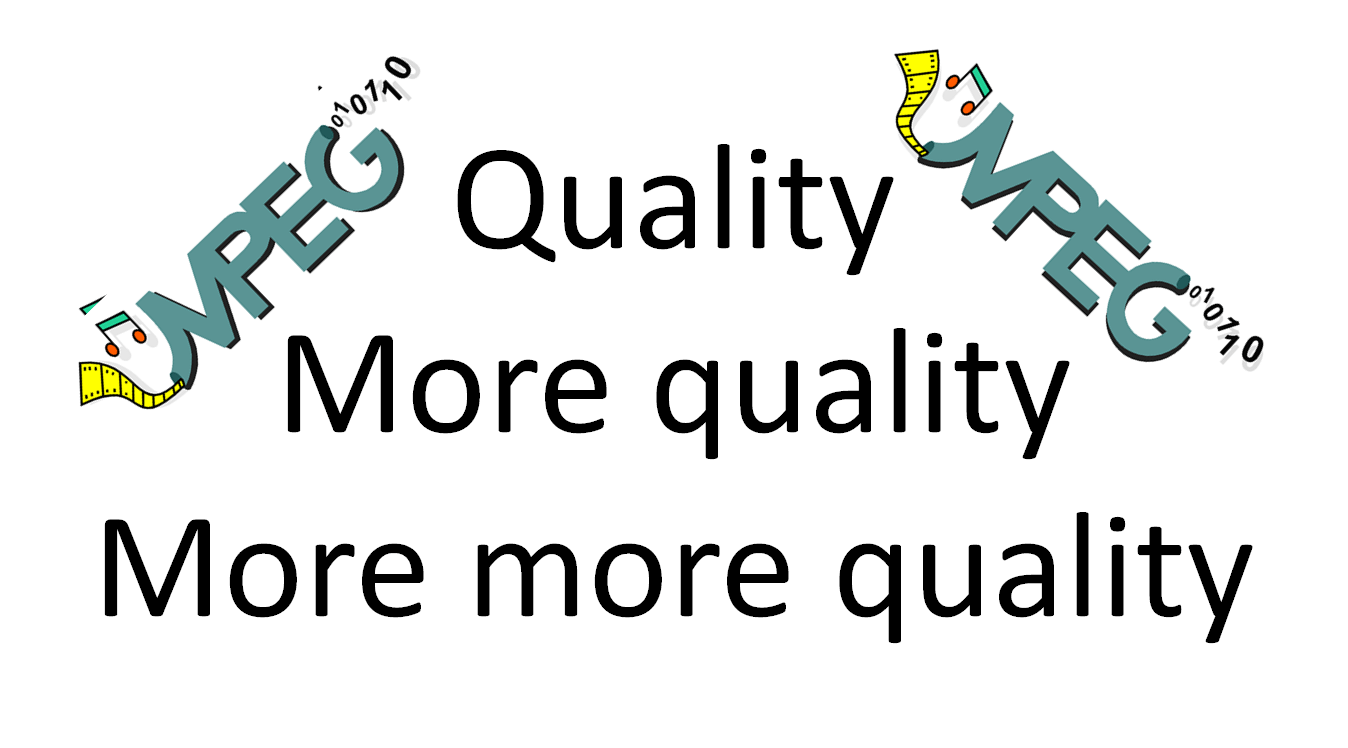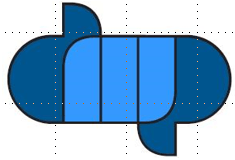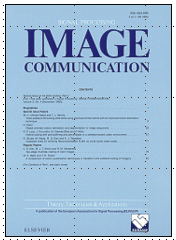Design and build the future of MPEG
Established in 1988, the Moving Picture Experts Group (MPEG) has produced some 180 standards in the area of efficient distribution on broadcast, broadband, mobile and physical media, and consumption of digital moving pictures and audio, both conventional and immersive, using analysis, compression and transport technologies. It has also produced 5 standards for efficient storage, processing and delivery of genomic data. With its membership of ~1500 registered and ~600 attending experts, MPEG has produced more standards than any other JTC 1…
